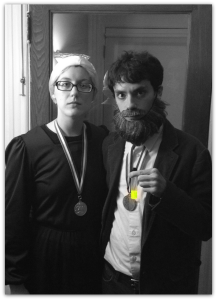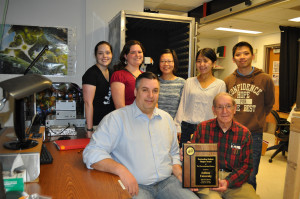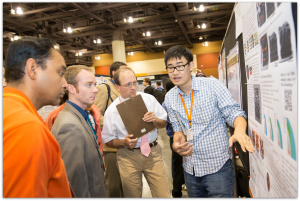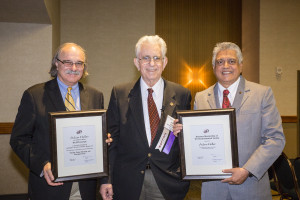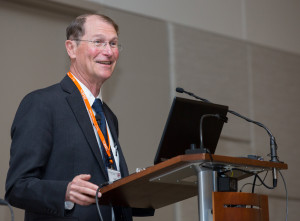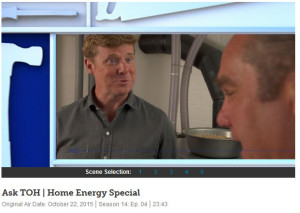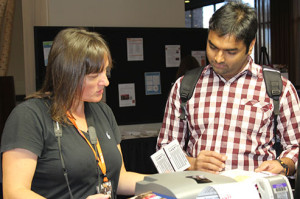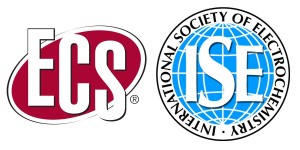 The Electrochemical Society (ECS) and the International Society of Electrochemistry (ISE) are working together to co-sponsor symposia at each other’s respective conferences. The joint effort will start with “Modeling: From Elucidation of Physical Phenomena to Applications in Design” at the 229th ECS Meeting.
The Electrochemical Society (ECS) and the International Society of Electrochemistry (ISE) are working together to co-sponsor symposia at each other’s respective conferences. The joint effort will start with “Modeling: From Elucidation of Physical Phenomena to Applications in Design” at the 229th ECS Meeting.
The symposia organizers include Mark Orazem, past president of ISE and chair of the ECS Education Committee; and Johna Leddy, ECS Vice President and member of ISE.
“Through society publications, conferences, and other activities, ECS and ISE both provide essential service to the international electrochemical community,” says Orazem. “As an active member of ISE and ECS, I am very pleased to see these two societies work together in forming jointly sponsored symposia.”
The symposium at the 229th ECS Meeting will cover areas from fundamental theory to modeling of electrochemical technologies and devices, exploring all aspects of modeling electrochemical phenomena and physical effects in electrochemical systems.
“Electrochemistry and electrochemical engineering are central to fundamental research in dynamics and thermodynamics, fundamentals that implement technologies across wide areas that include energy, the environment, and healthcare,” says Leddy. “Because electrochemistry and electrochemical modeling are central to all electrochemists and electrochemical engineers, worldwide, electrochemical modeling provides an excellent venue for this, the first joint symposium of ISE and ECS.”
Abstracts for the “Modeling: From Elucidation of Physical Phenomena to Applications in Design” symposium will be accepted for the 229th ECS Meeting up until December 11, 2015.
“Personally, I am very pleased with the modeling topic and look forward to excellent interactions and discussions with friends of long standing and new colleagues not yet met,” says Leddy. “I look forward to the opportunity that this joint symposium of ISE and ECS provides to exchange ideas and to create new knowledge and new questions.”
Following the 229th ECS Meeting, the “Education for Electrochemistry and Electrochemical Engineering” symposium will be co-organized by both ECS and ISE as part of the 2017 Annual Meeting of ISE.
“This is a new venture, being tested first at the 2016 ECS Meeting in San Diego and then at the 2017 Annual Meeting of the ISE in Providence, Rhode Island,” says Orazem. “I believe that this venture will strengthen both societies and may lead to new levels of cooperation that will benefit electrochemical research and education. I appreciate sincerely the engagement of the ISE and ECS leadership.”


